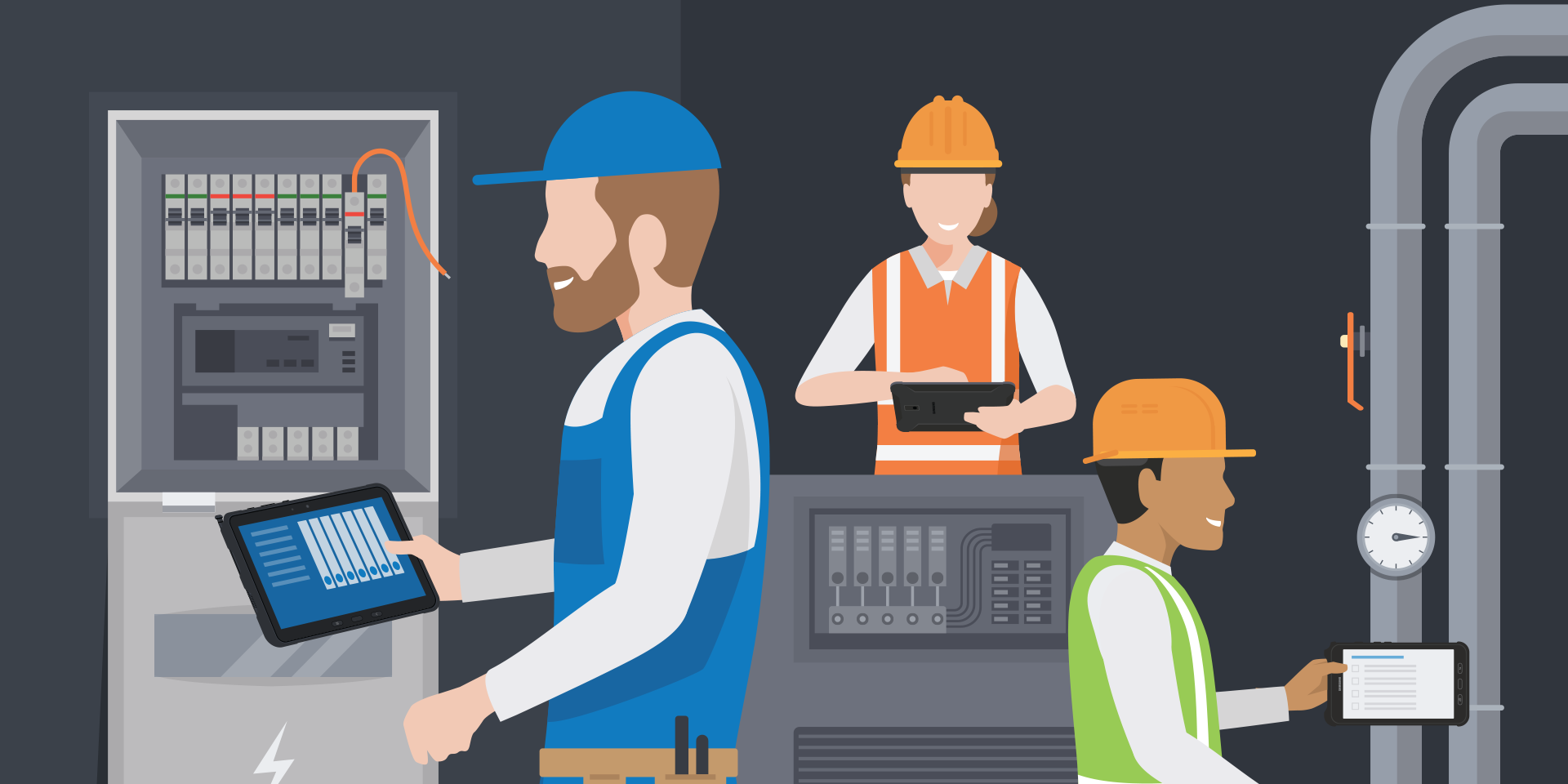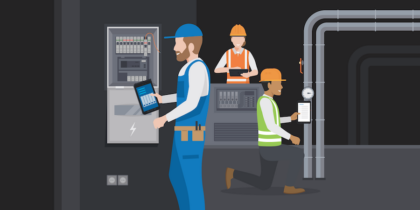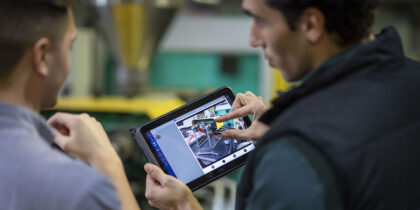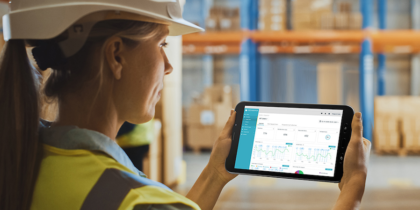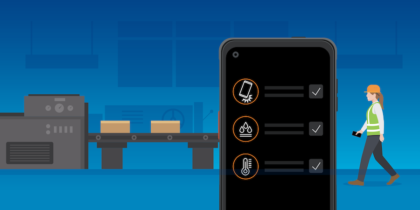Nearly half of field service workers report that the tools they work with are too slow or outdated. Inefficiencies like these can have a whiplash effect down the line leading to increased labor costs, lower uptime and poor customer service. Deploying only seasoned experts resolves these problems, but field services expertise is expensive.
What if an enterprise had a solution that helped them leverage the best of both worlds — something that would let them use experts more judiciously while mostly relying on novice workers?
Augmented reality (AR) smart assistance provides a solution that enables just that. Smart assistance is a remote video streaming and collaboration service that empowers on-site field service workers. Field workers use smart assistance to connect with remote experts who can “see” the situation on the ground and walk employees through a solution.
How AR smart assistance can be used in the field
AR smart assistance engages both the remote expert and the on-site worker through an app on a mobile tablet. The device’s camera acts as a window into the real-time situation on the ground. Workers can also telestrate (draw with a pen) on the screen so both parties can precisely pinpoint the steps needed for a solution.
A car mechanic routed to a service call can use AR smart assistance to collaborate with an expert who can view the engine with the mechanic and understand the problem. A cable service provider servicing a broken phone line after a storm can use smart assistance to refresh protocols for which issue to address first. On the manufacturing floor, smart assistance can gauge the health of equipment and suggest solutions that decrease downtime. The list of such use cases is long and varied.
How AR smart assistance increases uptime
Novice field service workers augment their knowledge by relying on smart assistance as needed. The tool facilitates collaboration and improves troubleshooting rates, thereby avoiding return service calls.
A field service worker no longer needs to rely solely on outdated manuals which may or may not describe the specific situation at hand. Smart assistance delivers only relevant information, thereby decreasing the time it takes to arrive at a solution. It also delivers it in real time, which means the remote expert can see live updates as the worker walks through the solution. It allows both technicians to course-correct as needed, saving time.
Empower Your Field Services Team With Mobility
Exceed customer expectations with this free guide to improving connectivity in field services. Download Now
Smart assistance also helps experts evaluate the overall health of the machines under review. If they notice that certain parts are about to break down, they can suggest that the worker replace them on-site, which further decreases the need for field service calls later on.
As the field service worker is increasingly becoming the face of customer service for the enterprise, such proactive and speedy resolutions help garner customer loyalty.
The hardware and software for AR smart assistance
To facilitate delivery of smart assistance, the field service worker needs a solution that will travel with them on-site. The Samsung Tab Active2 and Tab Active Pro are meant to be reliable workhorses on the road. The high-resolution camera lets remote experts view the on-ground situation thoroughly. Workers can telestrate on the screen using the accompanying S Pen, easily pointing to problem areas that need fixes.
These Samsung devices are ruggedized, making them sturdy tools for use in rough conditions. The industrial Galaxy Tab Active2 also comes with AR tracking tools such as an accelerometer, gyroscope and GPS.
These mobile tablets can host AR smart assistance applications like those from JoinPad, which work with the hardware’s features to enable the kind of collaboration field service workers need.
As field service grows — it’s expected to log $5.9 billion in revenues by 2024 — so does the number of related use cases. No matter where and how it’s deployed, field service companies can register significant efficiencies by relying on AR smart assistance and mobility. The best of both worlds gives the field service worker a mobile, rugged device that serves as a collaboration tool on the road.
Companies need no longer worry about protracted service calls and disappointed customers. AR smart assistance enables enterprises to leverage their expertise more efficiently and thereby boost the bottom line.
Learn more about the paperless workflow solutions that help you save time and money and how Samsung’s rugged tablets can help solve your toughest business challenges. Or, read a free white paper on improving connectivity in field services.
